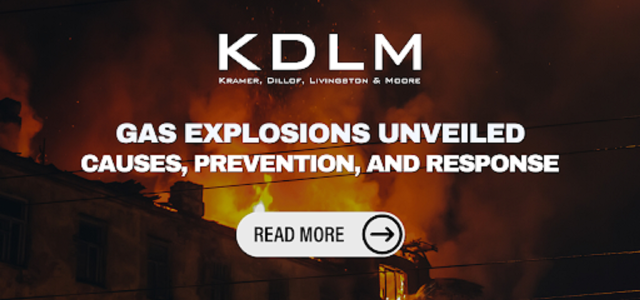Tear gas is a commonly used riot control agent that is designed to disperse crowds and control situations in which there is a threat to public safety. It is used by law enforcement agencies and military forces around the world. Tear gas can cause irritation to the eyes, nose, and throat, leading to immediate and temporary incapacitation, thus making it an effective tool for crowd control.
Many people wonder whether tear gas is flammable and if there is a risk of it igniting or causing fires. The short answer is that tear gas is not flammable in its normal state and is considered to be non-combustible. However, it is important to understand the different types of tear gas and their potential risks.

Credit: www.mdpi.com
Types of Tear Gas
There are several types of tear gas, and they are typically classified into two categories: CS (2-chlorobenzalmalononitrile) and CN (chloroacetophenone). CS is the more commonly used type, while CN is less commonly used due to its potential toxicity. Both types are generally considered to be non-flammable.
CS tear gas is a white crystalline powder that is mixed with solvents to form a solution or a suspension. It is not volatile, which means it does not evaporate easily. The solvents used in tear gas formulations are usually a mixture of water and alcohol, which helps disperse the active ingredient.
CN tear gas, on the other hand, is a yellow crystalline powder that is also mixed with solvents. It is less volatile than CS tear gas and has a slower onset of action. However, CN tear gas is not commonly used anymore due to its potential for causing skin and eye irritations, as well as its toxicity.
Flammability and Risks
As mentioned earlier, tear gas is not inherently flammable. However, the solvents used in tear gas formulations can be flammable. The alcohol component in tear gas can be combustible, especially when in high concentrations. Therefore, there is a potential risk of fire if tear gas is used in enclosed spaces with poor ventilation.
Additionally, tear gas canisters or grenades can reach high temperatures when ignited. These devices are commonly used to disperse the tear gas, and they can produce heat that may cause secondary fires if they come into contact with flammable materials.
Precautions and Safety Measures
To minimize the risk of fire or other hazards associated with tear gas, law enforcement agencies and military forces take several precautions and safety measures:
- Using tear gas in well-ventilated areas to prevent the accumulation of flammable vapors.
- Avoiding the use of tear gas near open flames, sparks, or other sources of ignition.
- Ensuring that the tear gas canisters or grenades are used according to the manufacturer’s instructions.
- Having firefighting equipment and trained personnel nearby in case of emergencies.
- Providing protective gear to those involved in deploying or being exposed to tear gas.
It is important to note that tear gas should only be used by trained professionals in controlled situations. Improper use or mishandling of tear gas can increase the risk of injuries or other harmful effects.

Credit: pubs.acs.org
Frequently Asked Questions On Is Tear Gas Flammable? Unveiling The Explosive Potential
Is Tear Gas Flammable?
Yes, tear gas is flammable, as it contains chemicals that can ignite when exposed to fire or heat.
How Does Tear Gas Work?
Tear gas works by irritating the mucous membranes, causing tearing, coughing, and difficulty breathing, thus incapacitating the target.
What Are The Side Effects Of Tear Gas Exposure?
Exposure to tear gas can cause burning sensations, respiratory problems, skin irritation, eye redness, and temporary blindness.
How Is Tear Gas Used By Law Enforcement?
Law enforcement agencies use tear gas for crowd control and riot suppression, as it disperses quickly and incapacitates without causing permanent harm.
Conclusion
Tear gas is not flammable in its normal state, but the solvents used in tear gas formulations can be flammable. The risk of fire or other hazards associated with tear gas can be minimized by taking proper precautions and safety measures. It is crucial that tear gas is used responsibly and only by trained professionals to ensure the safety of both the users and the public.

